
India Needs A Military Unmanned Aerial Vehicle Revolution
 Wed, 30 Nov 2022
| Reading Time: 6 minutes
Wed, 30 Nov 2022
| Reading Time: 6 minutes

It is Balakot 2.0 kind of night, with a different target and different platform. It would be remembered as Unmanned Aerial Vehicle (UAV) night. A swarm of decoy UAVs took off from a secret location in north India and crossed to Pakistan-Occupied Kashmir (POK). Following them were several High-Altitude Long Range (HALE) surveillance and reconnaissance UAVs with Artificial Intelligence (AI) capabilities.
The Chinese and Pakistani forces engage the incoming decoys with missile and artillery firing. This destroyed many drones, forcing balance to return to Indian airspace. Both ‘iron brothers’ were jubilant and celebrated their victory. They didn’t realize that Intelligence Surveillance and Reconnaissance (ISR) drones had started tracking the position of all fixed and mobile SAM and artillery sites. This was followed by Electronic Warfare (EW) drones jamming most enemy radars and the swarm of low-cost drones saturating the balance. Soon, loitering munitions engaged and destroyed most of those sites.
Finally, Unmanned Combat Aerial Vehicles (UCAV) waiting in the wings swung into action and bombed today’s target, the China-Pakistan Economic Corridor (CPEC), unopposed and unchallenged. All this while Indian forces were sitting in their camouflaged trailers in some remote area of Jammu and Kashmir (J&K) monitoring the operation.
This is a hypothetical scenario showcasing the power and effectiveness of unmanned aerial systems in a future war. The operations would not be so simplistic, and the enemy would not be so naive. What I am trying to depict here is that just like aerial warfare had revolutionized the second World War, in a similar fashion, the outcome of any future war would depend upon these technologies. Any country that harnesses the power of these technologies will be a great power in the times to come.
The Indian UAV Journey
Every country has drawn lessons from the gulf war, where UAVs did a spectacular job. Indian armed forces were among them and forayed into the drone domain by the late 90s. The Indian Army, followed by the Navy and the Air Force, started buying Israeli Heron and Searcher, Medium Altitude Long Endurance (MALE) UAVs.
The 90s UAV procurements paid dividends in the Kargil war with Pakistan. But like other militaries, the Indian forces could not comprehend that something low-cost and unmanned could be so effective.
Recently, the Indian Navy leased two MQ-9B Sea Guardian High Altitude Long Endurance (HALE) UAVs from the United States. The Indian Army is also procuring Vertical Take-Off and Landing (VTOL) aircraft and a fixed-wing hybrid UAV called Switch UAV from Mumbai-based company ideaForge Technologies worth $20 million. The Indian Army has also floated a tender to procure more than 2200 drones of mostly smaller sizes to meet several requirements.
Today India has a modest fleet size of under 200 military MALE drones, out of which ten are reportedly armed drones – Haron-TP. India has also been toying with buying 30 MQ-9B armed drones from the United States for a while. In addition, as reported, the Indian Army acquired 100 SkyStriker loitering munitions in 2019, while the Indian Air Force possesses close to 170 larger Harop loitering munitions.
The mid-90s saw India’s Defence Research Development Organization’s (DRDO) Aeronautical Development Establishment (ADE) and National Aerospace Laboratories (NAL) jumping into the UAV race. They started working on several UAVs.
DRDO UAVs:
- Abhyas: High-speed Expendable Aerial Target, under development
- Rustom 1: Short Range Remotely Piloted Aircraft System (SR-RPAS), under development
- Rustom 2 (Previously TAPAS-BH-201): Under development
- Imperial Eagle: Mini Intelligence, Surveillance, Reconnaissance (ISR) UAV
- Kapothaka: Predecessor of Nishant UAV system
- Lakshya: Re-usable high subsonic aerial target system, inducted in the Indian Army, Indian Navy, Indian Air Force in the 2000s
- Nishant: Surveillance, reconnaissance, target acquisition, and artillery support UAV, inducted into the Indian Army
- Archer: Short-range unmanned combat aerial vehicle (UCAV) under development
- Ghatak: autonomous jet-powered stealthy UCAV, under development
NAL/ADE/HAL UAVs:
- Black Kite: Micro Air Vehicle (MAV), technology demonstrator
- Golden Hawk: MAV, technology demonstrator
- Pushpak: MAV, technology demonstrator
- Slybird: Small UAV, under development
- CATS: HAL Combat Air Teaming System program, under development
From the preceding, it is clear that very rarely any Indian design has reached its fruition. DRDO blames the armed forces for not accepting their products; on the other hand; the armed forces blamed DRDO for pushing the UAVs their way that did not meet their requirements. It is beyond comprehension that there is a country that is preparing to send astronauts into space but cannot produce a worthy UAV.
Complacency And Policy Paralysis
By 2006 the United States had over 1000 UAVs, and by 2010 the numbers had swelled to 7500. But still, it was not considered a significant achievement by the conventional forces. Even though the U.S. has had armed drones since 2001, in June 2019, an Iranian missile stuck the U.S. RQ-4N Global Hawk UAV over the Strait of Hormuz. It was one of the most expensive planes in the U.S. inventory. The Americans were in shock. Until now, the U.S. had operated these expensive machines against unopposed rag-tag forces, making them complacent. They never thought that drones would also need a strategy and protection.
While the western and major Asian powers were dilly-dallying about drone warfare, Iran was already using drone swarms. Iran gave a jolt to Israel in 2004 when their slow-moving Mirsad drone penetrated the Israeli air defences. Even terrorist organizations were more innovative than many mature countries. Houthis had become pioneers in utilizing and modifying Iranian drones. Hezbollah and Hamas were also mastering these techniques. But, the Iranian swarm drone attack on Saudi oil facilities at Abqaiq in 2019 sent shockwaves worldwide. This forced these powers to rethink their air defences.
Similarly, Turkey’s inexpensive drones showed that drones could give an instant air force to even the most impoverished nation. Even though China has an impressive lineup of military UAVs, their systems have not proven themselves in any conflict. Their serviceability rate is low, and the crash rate is very high.
If the Houthi drone attack in 2019 on Shaybah natural gas site was a dry run for the Abqaiq attack in Saudi Arabia, then Pakistan’s drone attack on Air Force Station Jammu in June 2021 could have been a dry run for a bigger plan, which did not materialize. So what did India and other countries do? Practically, they are still searching for the answers.
From these examples, many lessons emerge:
- Conventional forces would resist any change that challenges their authority
- Conventional air defences are ineffective against drone swarms
- Innovative technologies like artificial intelligence (AI) and machine learning (ML) etc. would revolutionize warfare beyond recognition
- Unmanned platforms should be primarily low-cost and in large numbers
Way Forward For India
Without dominating modern domains, India cannot win modern wars. Unmanned vehicles are one such domain. India must create a vast inventory of these drones, from small to large, stealthy to super long endurance. This is required because diversity is needed to make an enemy guessing. Artificial Intelligence (AI) and autonomous technology would further revolutionize the India UAV quest. But above all, these platforms should be low-cost so that even the enemy would think twice before wasting a missile or rocket on it.
Now creating a large inventory of UAVs is not enough. Protection against enemy UAVs is equally essential. Three hundred sixty degrees of radar coverage and optical ways to see approaching enemy UAVs are the need of the hour. In addition, countermeasures like compact, affordable, and lethal solid-state lasers, gun interceptors, jammers, and counter rocket, artillery, and mortar (C-RAM) systems would also be needed. These systems should be manoeuvrable so that they complement other systems.
India needs to work parallel on a system that would network all manned and unmanned units together on the battlefield. Because the autonomy of these drones is progressing at a fast pace, eventually, they will not need pilots. Rather, in the future, these machines would make even the man-in-the-loop outdated. However, that is still far away until reliable full autonomy is achieved.
Data collection of enemy systems and safeguarding own data would be paramount and help achieve full autonomy. The data collected by ISR drones would be immensely important while dealing with a complex enemy; however, the challenge for the Indian armed forces won’t be just the data collection; rather, it would be what to do with all the data being collected. Therefore, the importance of AI, autonomy, and algorithms will keep increasing. These achievements would give forces freedom from filtering the data and make decision-making easier.
Conclusion
ISR, combat, and autonomous UAVs sound exotic, but there is still some more time before they do the effective teaming work on a battlefield. That is good news for India. India must utilize this time and start working on fully autonomous systems and make it their core strength. Because, eventually, the autonomous systems would be fighting the wars, and humans would be writing the algorithms.
India has the largest pool of skilled AI and coding workforce in the world. The Indian entrepreneur is also very enterprising. Civilian know-how and talent must be tapped for these innovations. Ever since the present central government has given the go-ahead for Private-Public Partnership (PPP), floodgates of all kinds of indigenous drones have opened.
Many think India has lost the UAV race due to its passive approach. However, I believe India is on the cusp of a drone revolution. This technological race is a marathon, not a sprint, and India has not missed any bus. The way the industry has responded to the requirements of the armed forces is noteworthy.
The biggest beneficiary of the drone revolution would be the Indian Air Force. Today it maintains 35 fighter squadrons instead of the required 42. The UCAV squadrons would be a reasonable option to fulfil that gap. The Indian industry could easily be another beneficiary. If they rise to the occasion, they can corner a big chunk of the $100 billion the world militaries are likely to spend on drones in the coming decade.
************
Disclaimer
The opinions expressed in this article are the author’s own and do not reflect the views of Chanakya Forum. All information provided in this article including timeliness, completeness, accuracy, suitability or validity of information referenced therein, is the sole responsibility of the author. www.chanakyaforum.com does not assume any responsibility for the same.
Chanakya Forum is now on . Click here to join our channel (@ChanakyaForum) and stay updated with the latest headlines and articles.
Important
We work round the clock to bring you the finest articles and updates from around the world. There is a team that works tirelessly to ensure that you have a seamless reading experience. But all this costs money. Please support us so that we keep doing what we do best. Happy Reading
Support Us





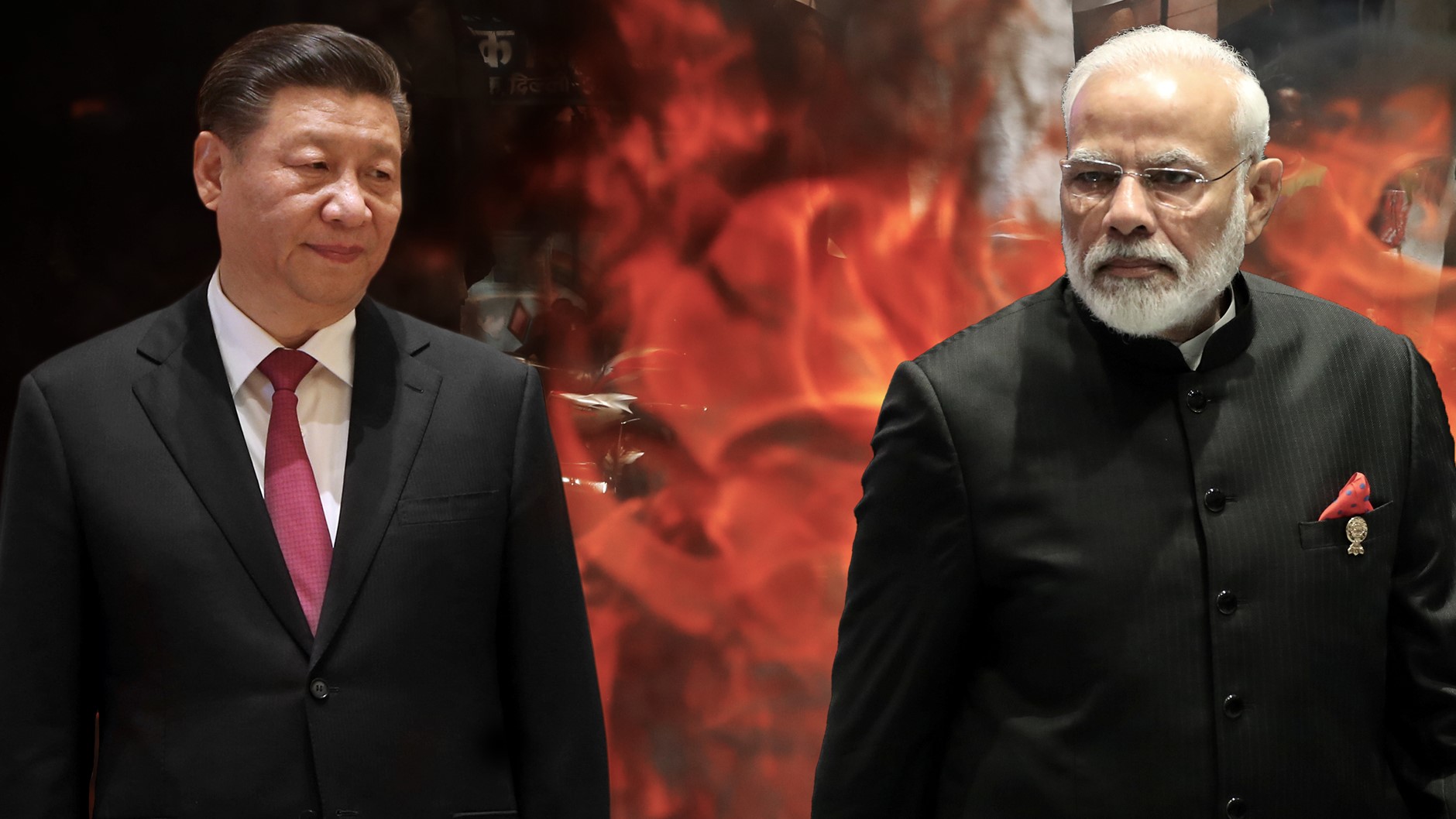
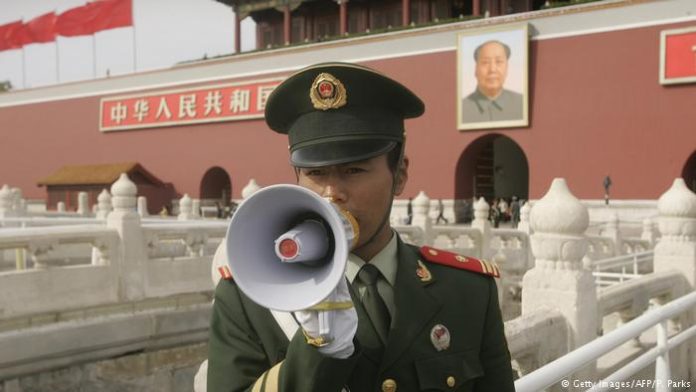
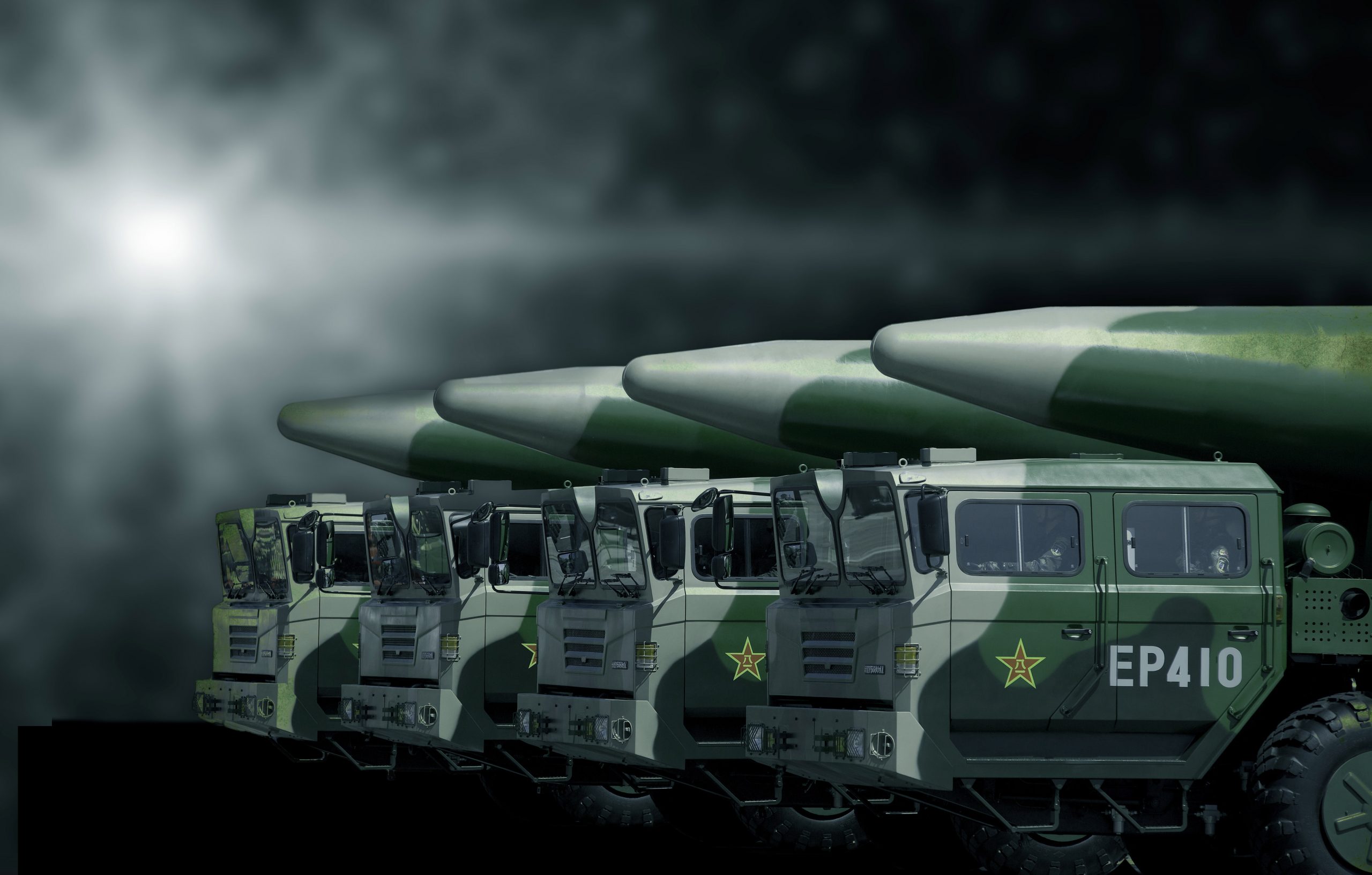

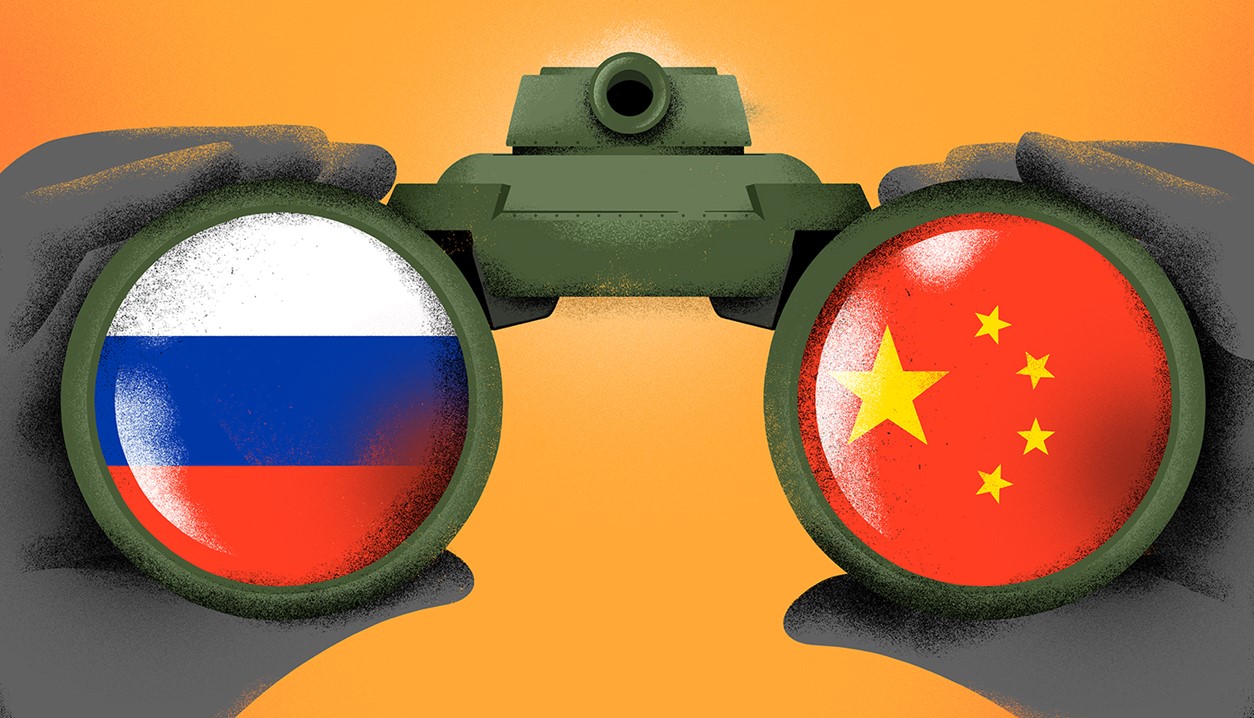

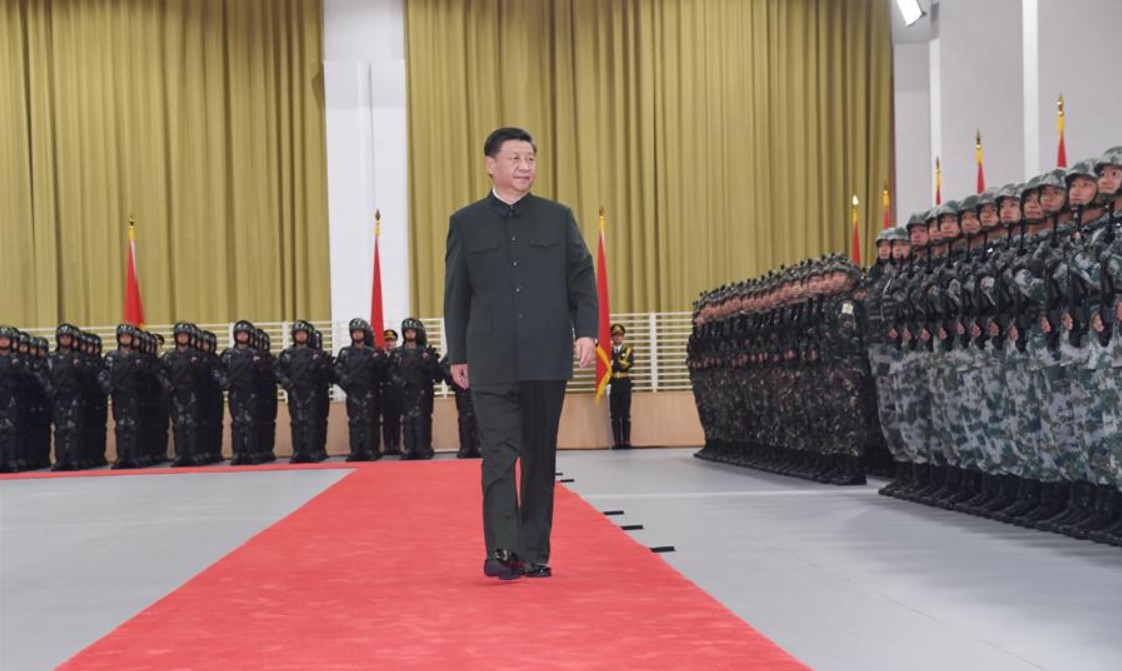
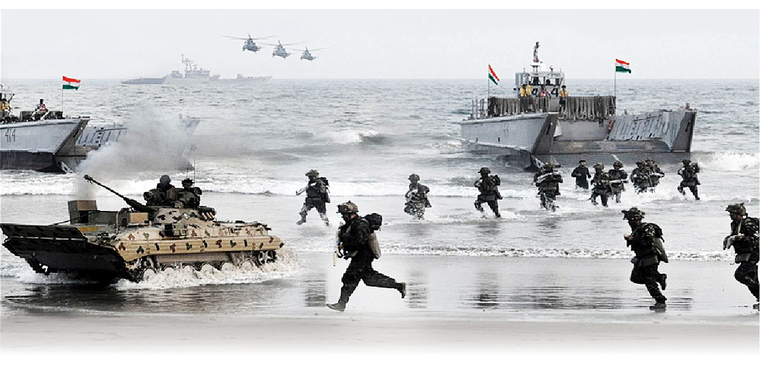

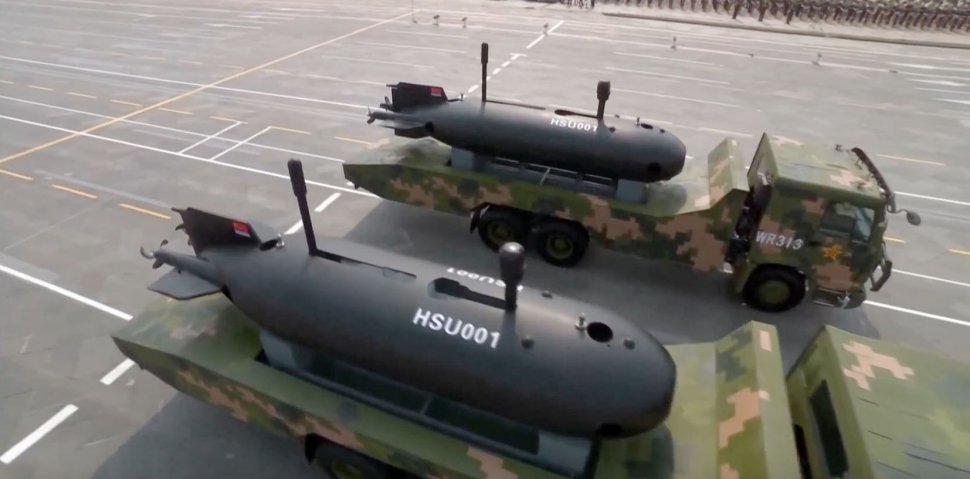






POST COMMENTS (12)
Woody
Sanjeev Mittal
CDR DEEPAK SINGH
COL SANDEEP CHOUDHARY
Sreenivas
Levina
Arvind Pande
Nitin A S
Anupam
Saikumar B
Cdr Pradeep Dixit SC NM
Narinder Pal Singh Hora